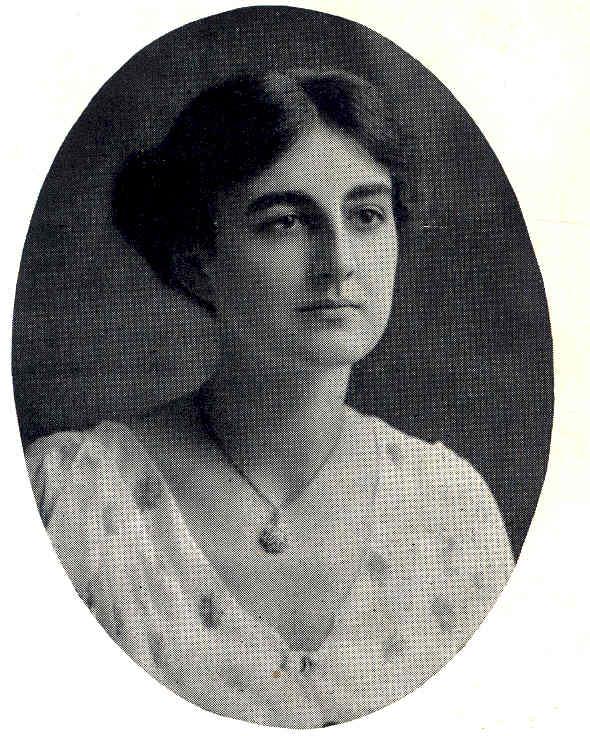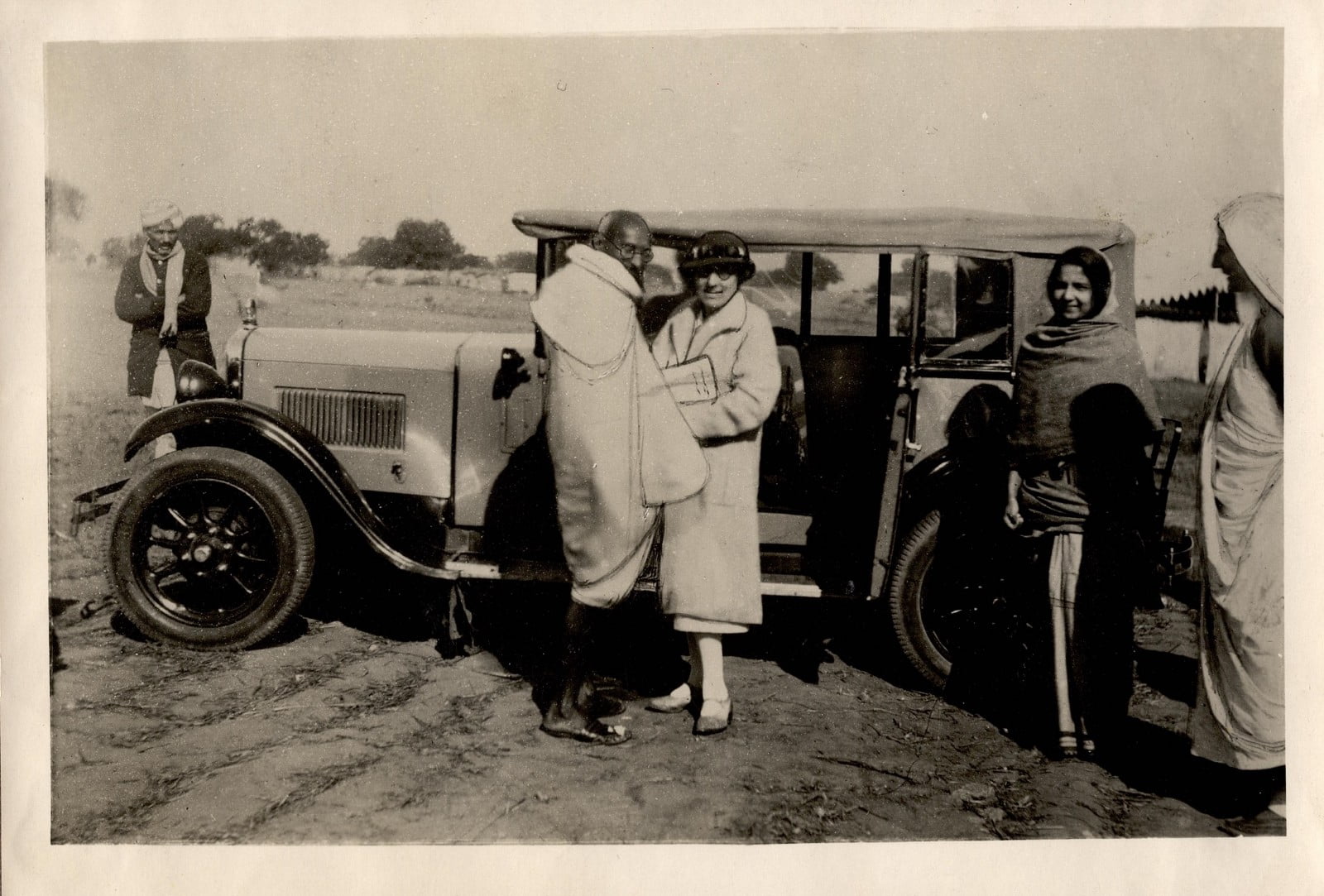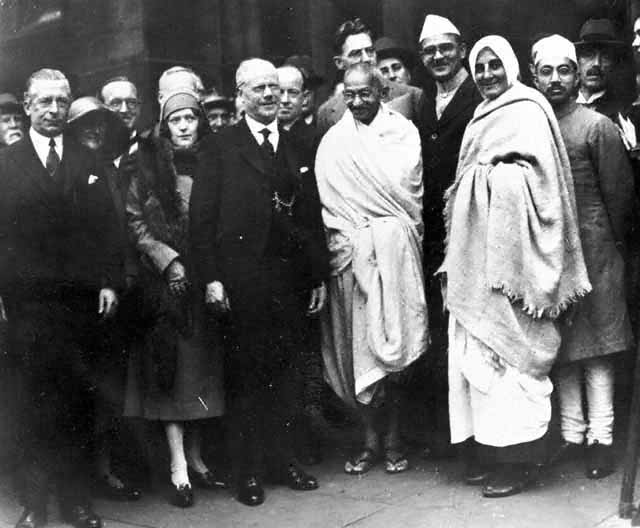Mirabehn was an Englishwoman, whose relentless quest for the unknown eventually brought her to the Indian subcontinent where she met with Mahatma Gandhi. Thus began a mentor-disciple relationship which remained unwavering. This is the story of Mirabehn, an ardent follower of Gandhi and a humanist social worker, who also played a key role in India’s freedom movement.
Early years
She was born Madeleine Slade in 1892. Her father was Rear Admiral Sir Edmond Slade who was mainly posted overseas. Therefore, Madeline spent a major part of her childhood in the picturesque English countryside in her family’s country home. During her adolescence, she conceived a deep passion for European classical music, especially the masterpieces of Beethoven.

Image Credit: Abe Books
The sublime music instilled a sense of spirituality and otherworldliness in her. It also sowed the seeds of her quest for the unknown, which she cherished all her life. She was a music teacher by profession. Her infatuation with Beethoven led the young Madeline to the legendary French litterateur Romain Rolland who wrote prolifically about the maestro.
When she met Rolland in Villeneuve, Rolland mentioned that he had just finished a book on Gandhi. He enquired if she had heard of Gandhi. Madeline replied she had not. Shortly afterwards she went to Paris where she procured Rolland’s book on Gandhi and finished reading it. She then experienced a powerful need to go to Gandhi.
Eastward bound and becoming Mirabehn
In 1924, Madeline was determined to travel to India to meet Gandhi. Her family supported her decision. Around that time, she was perturbed by the news about Gandhi undertaking a fast to promote communal harmony and his condition was deteriorating. When the fast ended, a relieved Madeline sold off her diamond brooch for 20 Pounds and remitted it to Gandhi as a token of gratitude.
Gandhi was touched by her gesture and acknowledged it. This was the beginning of their acquaintance. Next Madeline asked for his consent to join him at Sabarmati Ashram. Gandhi gladly agreed. Pragmatic that she was, she assiduously did her homework in a bid to be more acceptable. She learnt weaving and spinning, became a vegetarian, started learning Hindi, practised squatting and sleeping on the floor.

Image Credit: Women’s Library at LSE
Madeline stepped ashore in Bombay on 6th November 1925 and then proceeded to Ahmedabad by train. The following morning she was received at the station by several close associates of Gandhi. Upon reaching the Ashram, Madeline was ushered into a room, where Gandhi greeted her and acknowledged her as his daughter. She henceforth took on the name Mirabehn.
Also Read: Durgabai Deshmukh And Her Unending Devotion To Social Welfare | #IndianWomenInHistory
Life in India
Miraben perceived that Gandhi’s activities were two-pronged. In the ashram, he talked about his quest for truth and non-violence. The other was his participation in the Indian National Congress and the Indian freedom struggle. Mirabehn fell in line with both.
Living the community life of the ashram was indeed an arduous task for her, with the scorching Indian summer proving to be a huge deterrent. Nonetheless, Mirabehn remained steadfast in her path. She donned immaculate white borderless saris, chopped off her hair and took a vow of celibacy.

Mirabehn teaches women in Karachi about spinning. Image Credit: Wikimedia Commons
Incidentally, Mirabehn had landed in India during a highly eventful period. From the Simon Commission facing protests in 1927 to the Dandi March and the Civil Disobedience Movement. This was followed by the Gandhi-Irwin Pact and the Round Table Conference in London – all during 1930-31. Mirabehn had witnessed it all. In 1942, owing to her anti-government activities, Mirabehn was arrested and kept under house arrest at the Aga Khan Palace in Pune.
The bundle of unbounded energy that was Mirabehn, she travelled extensively to promote Khadi. She wrote prolifically for noted journals, ranging from Young India and Harijan to The Statesman, Calcutta, The Times of India, Bombay, The Hindustan Times, etc.

Image Credit: Wikipedia
Social service work
In 1946, Miraben was appointed the honorary special adviser to the Uttar Pradesh government to assist in a campaign to expand agricultural production. To her goes the credit of establishing the Kisan Ashram at Muldaspur, the Pashulok Ashram near Rishikesh, Gopal Ashram in Bhilangana and a settlement named Bapu Gram. Mirabehn was the main inspiration behind the setting up of the Sevagram Ashram at Wardha, Maharashtra.
Last years
Following Gandhi’s assassination in January 1948, Miraben stayed put in India for about a decade. In 1959, she bid adieu to India, her home for 34 years. She returned to her native land but finally decided to settle down in Vienna, Austria. She died on 20th July 1982.
History remembers
In 1969, on the occasion of the Gandhi Centenary Celebrations, Mirabehn was invited by Lord Louis Mountbatten to visit England and narrate her experiences and recollections of Mahatma Gandhi. Addressing a mammoth gathering at Albert Hall in London, Mirabehn gave a vivid account of her ties with Gandhi. The audience was enthralled.
In 1981, the Government of India honoured Mirabehn with the Padma Vibhushan for her meritorious service to the country as well as humanity.
References:
Wikipedia
Mahatma Gandhi on the net
The Hindu
Preserve Articles
Also Read: Annie Besant And Her Dauntless Legacy Of Resistance
Featured Image Credit: Gandhi Serve Foundation
About the author(s)
Delhi based Ruchira Ghosh is a trained journalist with nearly two & a half decade’s writing experience and exposure to print, web and television.




